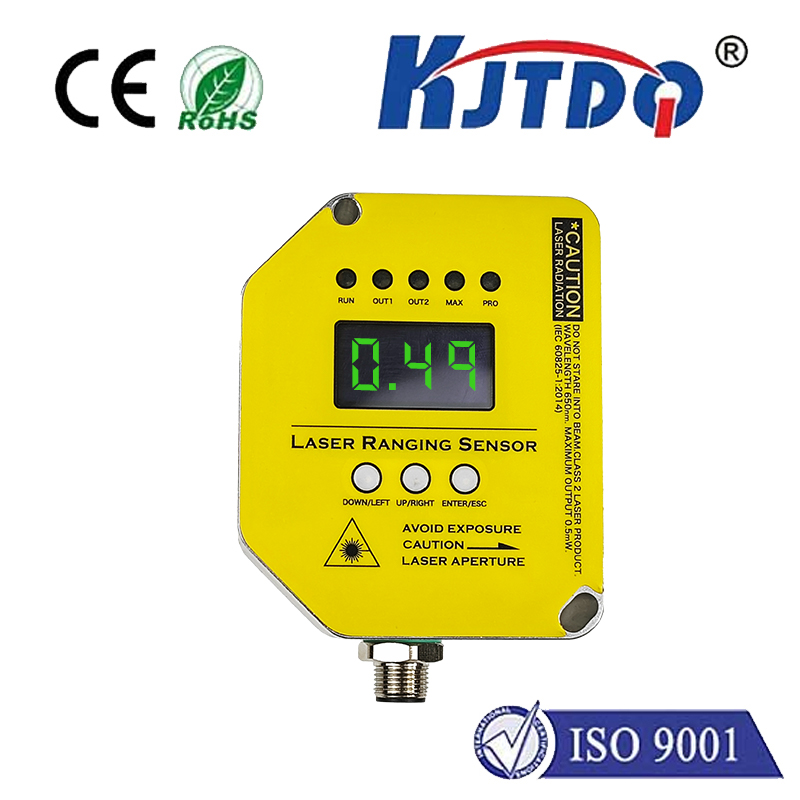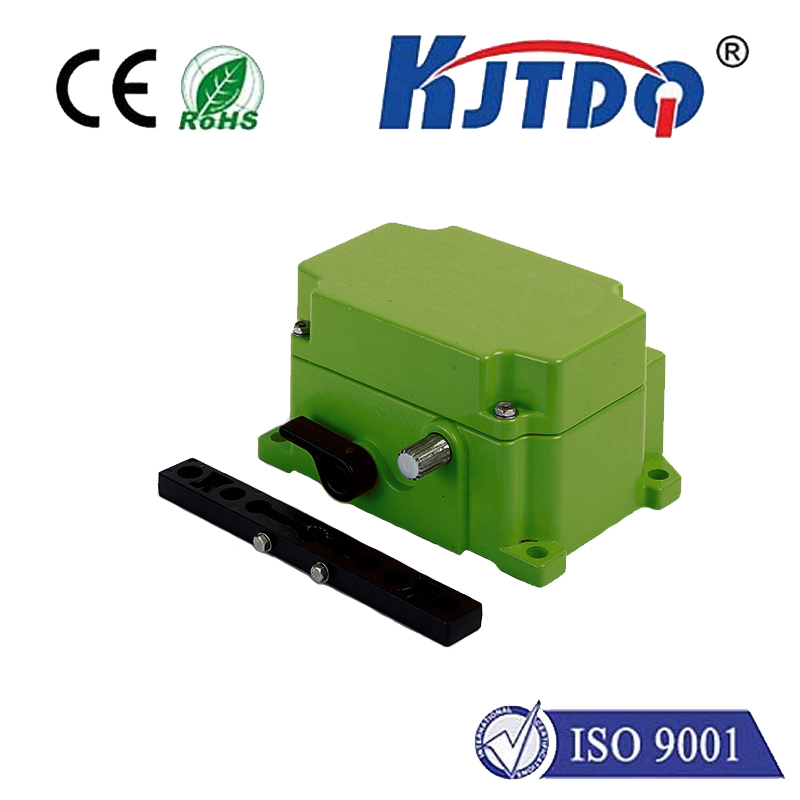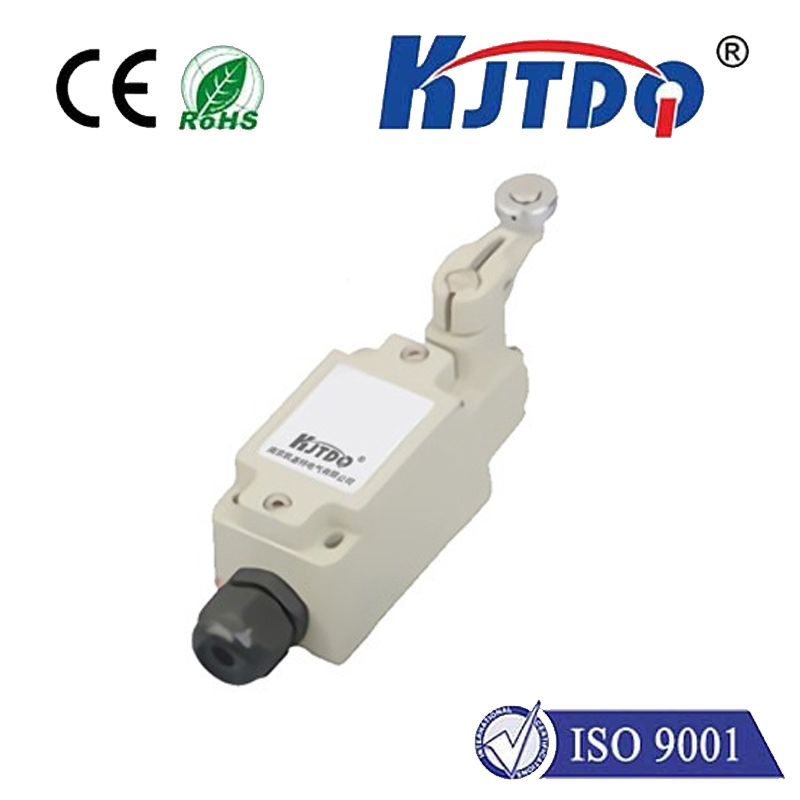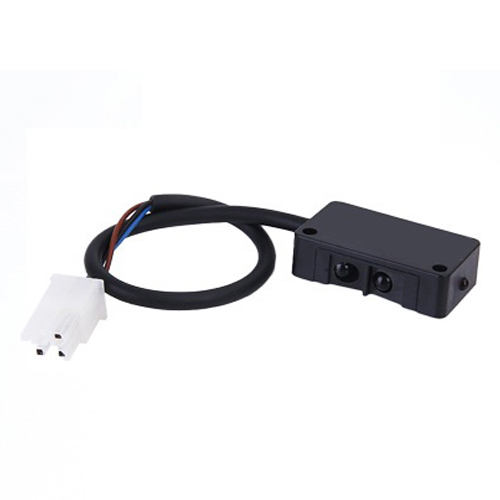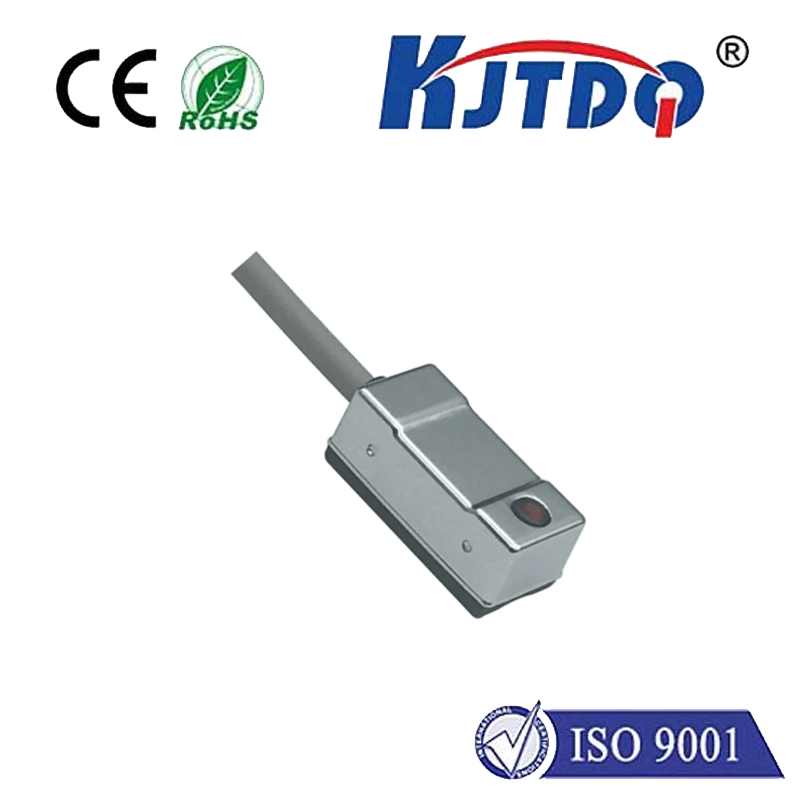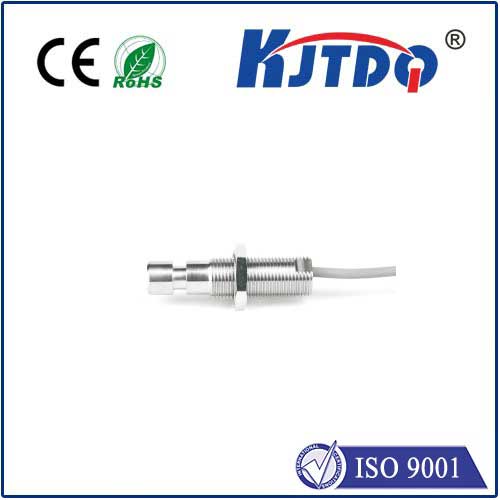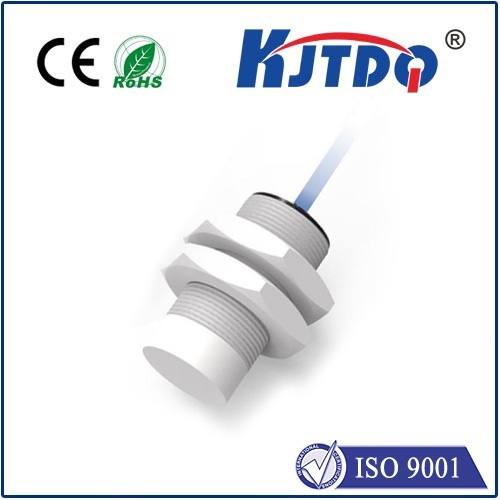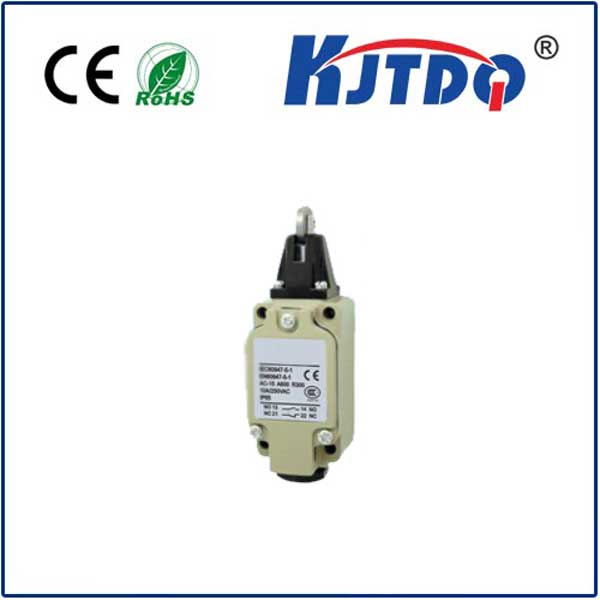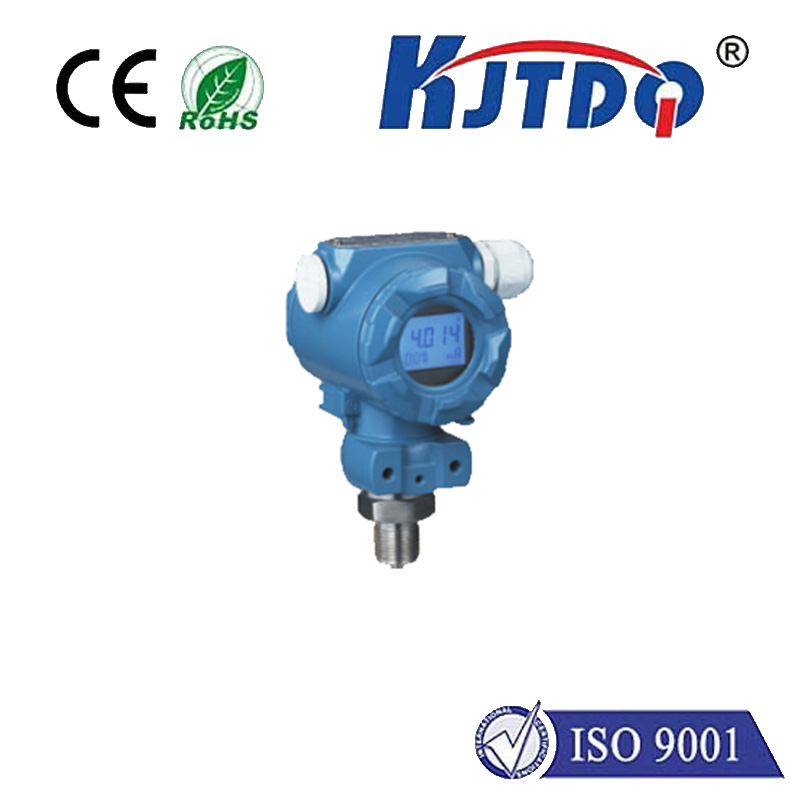

check

check

check

check

check

check

check

check

check

check
In recent years, proximity infrared technology has emerged as a game-changing innovation with vast potential in various industries. This cutting-edge technology enables devices to communicate wirelessly at short distances through the exchange of electromagnetic radiation, making it an essential tool for modern-day devices. In this article, we delve into the world of proximity infrared, exploring its applications, benefits, and future prospects.
The applications of proximity infrared technology are diverse and far-reaching. In the consumer electronics sector, it is widely used in remote controls, gaming consoles, and voice assistants like Amazon's Alexa and Google Home. Proximity sensors in smartphones allow for features like touchless payments and handover of phone calls without physically pressing a button. In industrial settings, proximity sensors are used to monitor machinery and detect defects or malfunctions early on, improving efficiency and reducing downtime.
One of the most significant advantages of proximity infrared technology is its ability to work seamlessly in noisy environments. Unlike traditional radio frequency (RF) technologies that require line-of-sight or clear communication paths, proximity sensors can operate in cluttered or obstructed conditions by using echo or reflection techniques. This feature makes them ideal for applications such as robotics, automated manufacturing, and healthcare.
Another key benefit of proximity infrared is its low power consumption compared to other wireless communication technologies. This energy efficiency makes it an attractive option for wearable devices and IoT-enabled devices that require long battery life. Additionally, proximity sensors can be integrated into larger systems with minimal impact on system performance or data transmission speeds.
As the demand for wireless connectivity continues to grow, proximity infrared technology is expected to play a crucial role in shaping the future of communication and interaction between devices. With advancements in sensor technology and machine learning algorithms, we can expect more sophisticated and intuitive interactions between humans and their surroundings. For example, in the field of smart homes, proximity sensors could enable homeowners to control lighting, heating, and security systems using simple hand gestures or voice commands.
In conclusion, proximity infrared technology offers a plethora of opportunities for innovation and growth across multiple industries. As the technology continues to evolve, we can expect to see even more exciting developments that will shape the way we live and work in the future. So whether you are a tech enthusiast or simply curious about the latest trends in technology, proximity infrared is definitely worth paying attention to.
